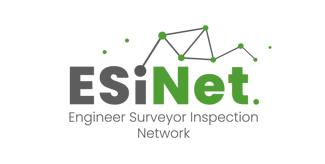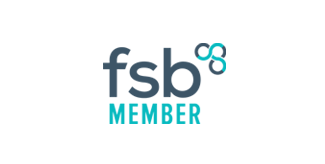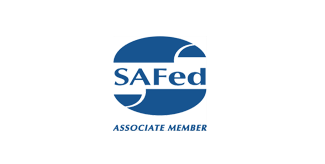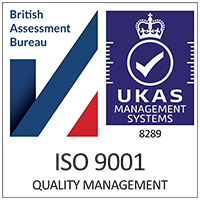Common COSHH Risk Assessment Mistakes and How to Avoid Them
Ensuring a safe working environment is paramount in any industry, and Control of Substances Hazardous to Health (COSHH) risk assessments play a crucial role in achieving this goal. However, various common mistakes can compromise the effectiveness of these assessments, potentially putting the health and safety of workers at risk. In this blog, we will explore some of these common COSHH risk assessment mistakes and provide insights on how to avoid them.
-
Lack of Comprehensive Identification:
One prevalent mistake in COSHH risk assessments is the inadequate identification of hazardous substances. Failing to recognize all the potential hazardous materials in the workplace can lead to incomplete risk assessments, leaving workers exposed to unforeseen dangers. To avoid this, conduct thorough surveys, involve all relevant stakeholders, and utilize reliable data sources to compile a comprehensive list of hazardous substances.
-
Insufficient Understanding of Exposure Routes:
A key aspect of COSHH risk assessments is understanding how workers may be exposed to hazardous substances. Neglecting to consider all potential exposure routes, such as inhalation, skin contact, or ingestion, can result in inaccurate risk assessments. Take the time to evaluate each substance’s possible pathways into the body, ensuring a comprehensive understanding of exposure routes.
-
Failure to Consider Cumulative Effects:
Some workplaces handle multiple hazardous substances simultaneously, and overlooking the cumulative effects of exposure is a common mistake. Each substance may have different toxicity levels, and their combined impact can be more significant than individual exposures. Include an assessment of cumulative effects in your risk assessments to provide a more accurate representation of potential health risks.
-
Inadequate Training and Communication:
COSHH risk assessments involve collaboration among different departments and levels of the organization. Failing to provide adequate training to employees and communicate the findings of the assessments can hinder the implementation of safety measures. Ensure that all relevant staff members are well-informed about the identified risks and the measures in place to mitigate them.
-
Neglecting Regular Review and Updates:
Workplaces evolve, and so do the materials and processes they employ. A common mistake is neglecting to regularly review and update COSHH risk assessments to reflect these changes. Establish a routine schedule for revisiting assessments, especially when introducing new substances or processes, to maintain the relevance and effectiveness of your safety measures.
COSHH risk assessments are invaluable tools for safeguarding the health and well-being of workers. By avoiding these common mistakes and adopting a proactive approach to risk assessment, organizations can create a safer working environment, reduce the likelihood of accidents, and promote the overall well-being of their workforce. Remember, a thorough and well-executed COSHH risk assessment is not just a legal requirement; it is a commitment to the health and safety of everyone in the workplace.











